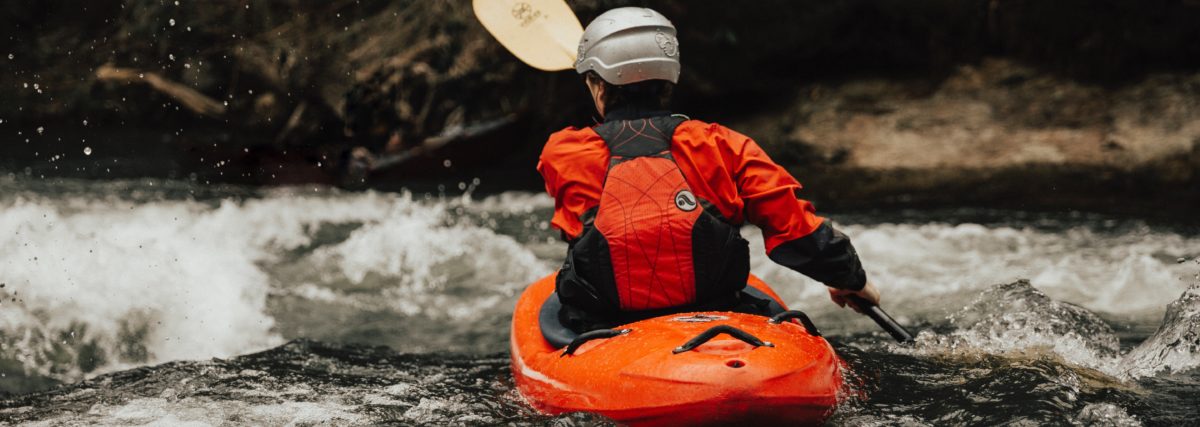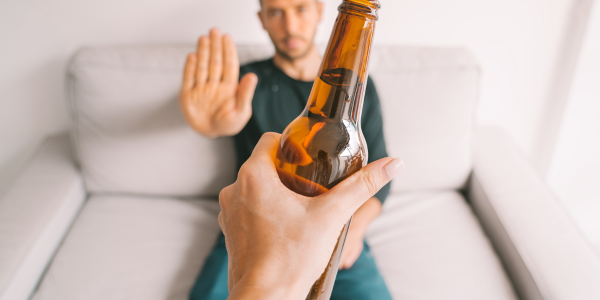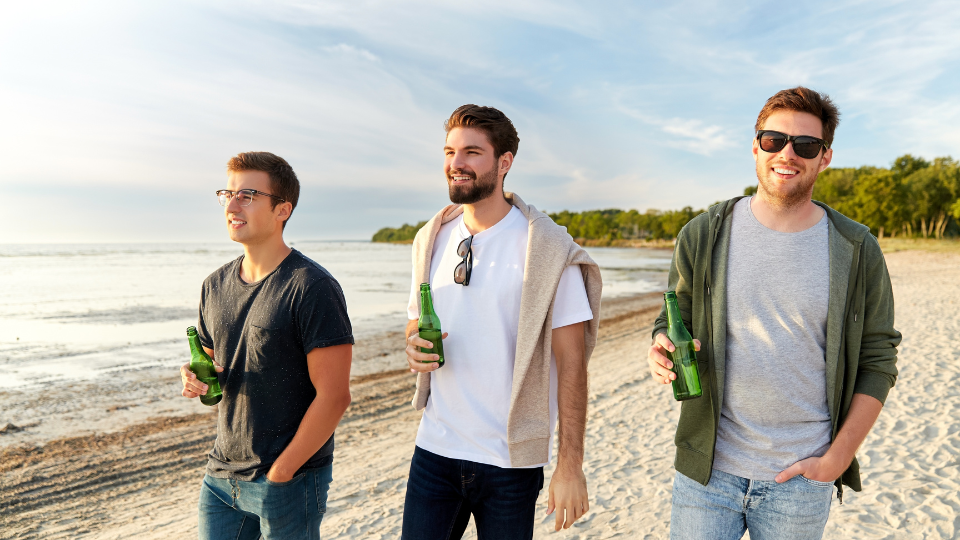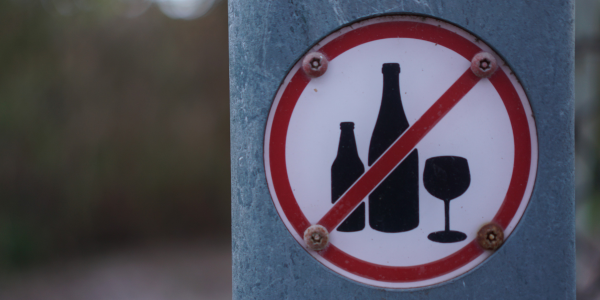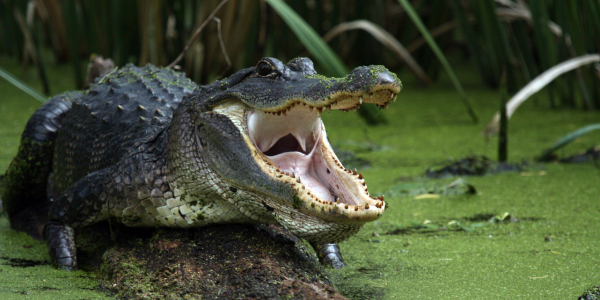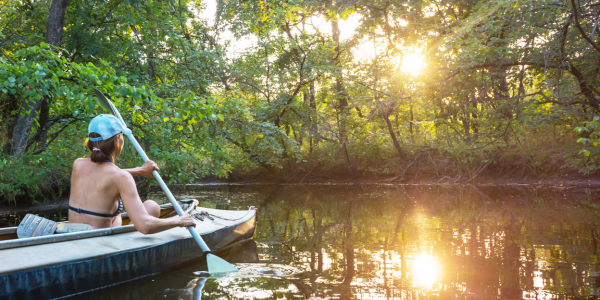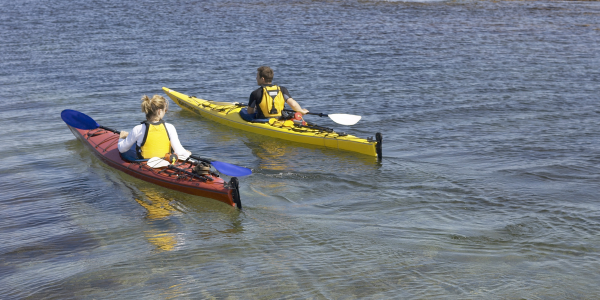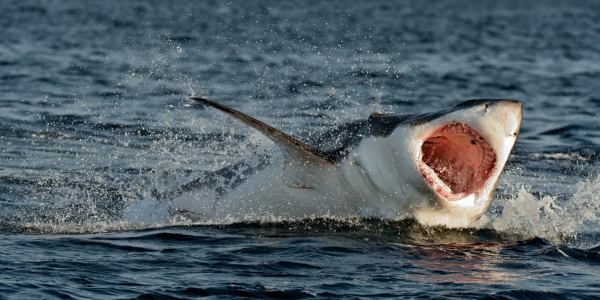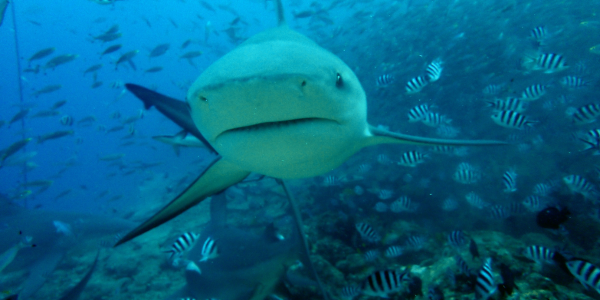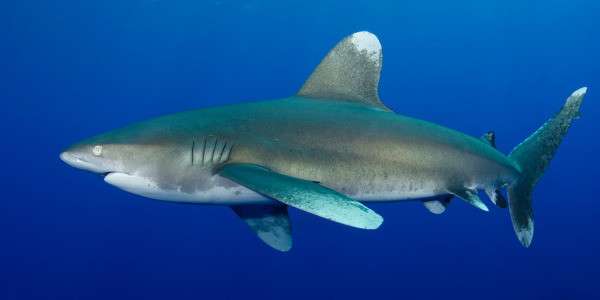Even though being pregnant is frequently thought of as a time for extra rest and relaxation, you don’t have to stop doing all of your favorite things. In reality, some hobbies, like kayaking, can actually be highly beneficial during pregnant with the proper safeguards and planning.
Read on to learn what you should know before launching your kayak and packing your favorite snack if you feel brave and want to hit the water while pregnant.
Safety Considerations of Kayaking While Pregnant

While pregnant women may find pregnant kayaking to be an exciting and fun pastime, safety should always come first. It’s vital to think about the dangers of kayaking, such as falls or excessive exercise, and how these may affect the health of the mother and baby.
Before going kayaking, pregnant women should speak with their doctor and take the required safety precautions, such as donning a life jacket that is correctly fitted and avoiding particularly difficult water conditions. Kayaking during pregnant may still be fun with the appropriate attitude and preparation.
The Only Time When Kayaking Is Probably A No GO For A Pregnant Woman
In some cases, it may not be safe for a pregnant woman to go kayaking at all. If the mother is experiencing complications during her pregnancy, such as premature labor or high blood pressure, kayaking may be too risky and should be avoided.
It’s also important to note that if the mother has been diagnosed with any pregnancy-related conditions, such as gestational diabetes or preeclampsia, they should take extra precautions while kayaking and consult with their healthcare provider before attempting any strenuous physical activity.
Here are some high-risk pregnancy cases where you should talk to your doctor before going kayaking:
- Preterm labor
- High blood pressure or preeclampsia
- Bleeding during pregnancy
- Severe morning sickness or dehydration
- Maternal anemia or other health complications
Benefits of Kayaking While Pregnant
Pregnancy can be a challenging time, but staying active could make all the difference. Kayaking is a low-impact way to exercise while expecting, and there are many benefits to hitting the water.
Firstly, the natural resistance of the water can help to build upper body strength without putting pressure on your joints. Additionally, kayaking can be a form of mental relaxation; the tranquil surroundings can help to reduce stress and anxiety.
Not to mention, the peaceful floating sensation can be a wonderful way to connect with your body and your baby. With these benefits in mind, kayaking could be the perfect way for expecting mothers to stay fit, calm, and connected.
Essential Safety Tips for Kayaking While Pregnant
Even though being pregnant is one of the most exciting periods in a woman’s life, you don’t have to stop enjoying your favorite outdoor pursuits, like kayaking. To keep you and your unborn child safe, you need take additional precautions if you intend to go swimming while pregnant.
First, remember to put on a life jacket that fits properly and steer clear of currents or choppy waters when kayaking.
To avoid being too tired, it’s a good idea to schedule shorter journeys and to keep hydrated and fed.
Finally, if you experience any pain or worry for your safety, don’t wait to turn around or call for assistance.
Common Health Risks for Pregnant Women Who Kayak
Kayaking can be quite risky for pregnant women as it requires a good level of fitness and balance. Some common health risks you should be cautious of while kayaking during pregnancy include hypothermia, dehydration, capsize, falling, and exhaustion.
Always prioritize your safety by consulting your doctor first and taking necessary precautions such as having a buddy with you, wearing comfortable and suitable gear, staying hydrated, and slowing down your pace.
By being mindful of these risks, you can still enjoy kayaking safely during pregnancy.
How to Choose a Safe Place to Kayak While Pregnant
Pregnant women love to enjoy the great outdoors, but it’s important to choose a safe place to kayak.
Ideally, the location should be calm and tranquil, with minimal boat traffic. The water should also be at a comfortable temperature and free from strong currents. It’s also crucial to consider the accessibility of the location, as pregnant women shouldn’t be climbing over rocks or hiking difficult terrain.
Lastly, it’s important to check the weather conditions before setting out, as kayaking in storms or high winds can be dangerous for anyone, but especially for pregnant women. By following these guidelines, expectant mothers can safely enjoy the serenity and beauty of kayaking.
Tips on How to Improve Your Balance When Kayaking While Pregnant
Balancing on the water can be a little difficult when you have an expanding tummy. It’s crucial to work on your balance if you want to get the most out of your kayaking experience.
To guarantee that you stay afloat, start by donning a life jacket that fits properly. Choose a kayak with a broader base as well for more stability.
Keep your center of gravity low by drinking plenty of water and avoiding eating too much before paddling. To aid in maintaining equilibrium, remember to paddle evenly and with good technique.
By using these suggestions, you can safely enjoy kayaking while pregnant.
Conclusion
The possible advantages of kayaking while pregnant outweigh any potential hazards. Pregnant women who are interested in kayaking should take the proper safety precautions and pick a safe location away from dangerous conditions and deep water.
It is always preferable to err on the side of caution and make sure that you are ready for any potential situation that could happen when deciding whether or not to go kayaking while pregnant. Pregnant women can take use of all the wonderful advantages of kayaking, including increased fitness, less stress, and quality time in nature, with a little caution and planning.
